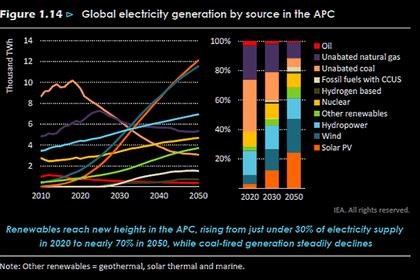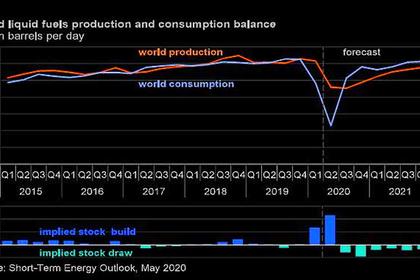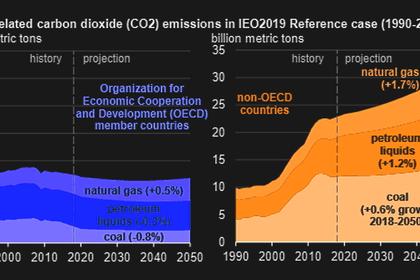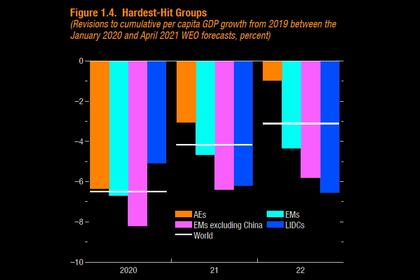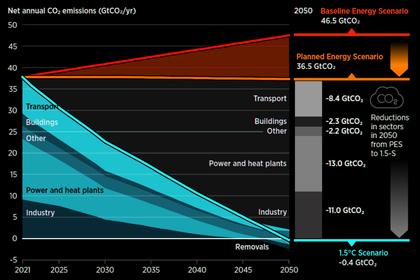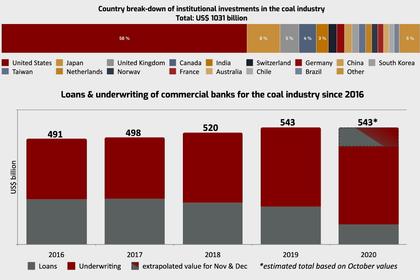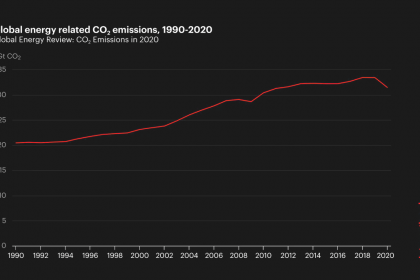
IMPRACTICAL CLEAN ENERGY
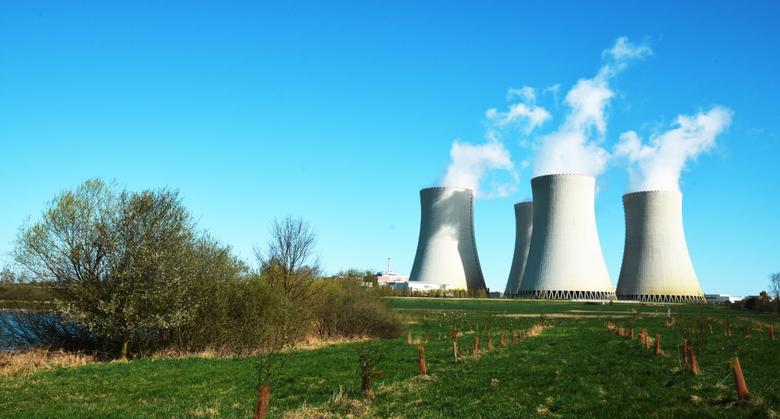
WNN - 18 May 2021 - The International Energy Agency's Net Zero Emissions (NZE) scenario puts too much faith in technologies that are "uncertain, untested or unreliable" and fails to reflect both the size and scope of the contribution that nuclear technologies could make, World Nuclear Association said today. "Given that more than 60% of the world's electricity is currently generated by fossil fuels, if we are to eliminate them in less than 30 years, the IEA's assessment of the role of nuclear is highly impractical," it said.
In its report - Net Zero by 2050: A Roadmap for the Global Energy Sector - the the Paris-based organisation concludes that nuclear energy will make a "significant contribution" to its NZE scenario, and will provide an "essential foundation" in the transition to a net-zero energy system. It also notes that failure to take timely decisions on nuclear power would "raise the costs of a net‐zero emissions pathway and add to the risk of not meeting the goal". It recognises moreover the importance of nuclear innovation with small modular reactors and other advanced reactor designs "moving towards full‐scale demonstration, with scalable designs, lower upfront costs and the potential to improve the flexibility of nuclear power in terms of both operations and outputs, e.g. electricity, heat or hydrogen."
The scenario projects that the amount of energy supplied by nuclear power will increase by 40% by 2030 and double by 2050, and that new nuclear capacity will reach 30 GW per year in the early 2030s. An important component of nuclear generation, particularly in the shorter term, will be extended operations of existing nuclear reactors, as they are "one of the most cost‐effective sources of low‐carbon electricity".
Nuclear energy is currently the world's second largest source of clean electricity and the first in developed countries, but the NZE scenario projects that the share of nuclear energy in the global electricity mix will fall from 10.5% to 8%.
The global nuclear industry has a Harmony goal by which nuclear energy would provide at least 25% of the world’s electricity by 2050. To achieve this goal would require the deployment of around 1000 GW of new nuclear build and construction levels no higher than those already achieved by the nuclear industry in the 1980s. The goal would also require the maximisation of the contribution from reactors in operation today.
Nuclear energy can contribute "much more" than what is projected in the IEA report, the Association said. In addition to electricity, nuclear energy can generate zero-carbon heat, thus having the potential to contribute to tackling decarbonisation far beyond electricity generation into other hard-to-abate sectors. "This is an opportunity that the IEA's report barely touches on," it added.
Existing reactors are already being used to provide steam for district heating systems and to produce fresh water. New reactor designs under development and deployment could provide heat and feedstock for industry (chemicals, steel, concrete, cement), fuels for heavy transport (shipping, aviation) or generate hydrogen directly.
"By failing to consider with adequate ambition the contribution that nuclear energy could make, the ability to deliver on the IEA's Net Zero scenario has a much higher risk of failure," the Association said.
Although the base cost of wind and solar has decreased substantially in recent years, the share of generation projected for these intermittent technologies would require back-up generation or energy storage, and overall grid management "on a scale far greater than has been demonstrated, in terms of cost, reliability and practicality", the Association said. In addition, an expansion of wind, solar and batteries could place an enormous strain on the supply of minerals that they need. In a recent report, the IEA itself identified that nuclear is one of the low-carbon technologies with the lowest mineral intensity and smallest land footprint.
World Nuclear Association was one of six industry groups that wrote an open letter last week, calling on world leaders to recognise they have a critical opportunity at the G7 and Pre-COP summits "to set a bold new direction" in the fight against climate change. The letter was signed by the heads of the Canadian Nuclear Association, Europe's Foratom, the Japan Atomic Industrial Forum, the USA's Nuclear Energy Institute, the UK's Nuclear Industry Association and World Nuclear Association - respectively, John Gorman, Yves Desbazeille, Shiro Arai, Maria Korsnick, Tom Greatrex and Sama Bilbao y León.
Nuclear power is currently the biggest source of low-carbon electricity in developed economies and the second largest globally, but by 2040 more than 100 GW of nuclear capacity is due to retire, they wrote. Over the same period, global electricity demand is expected to increase by 50%. The choice policymakers face then is to risk "the single greatest loss of clean power in world history", they wrote, or preserve and expand nuclear energy's proven contribution to curbing emissions.
Responding to the IEA report, Bilbao y León urged the IEA "to explore in more detail the potential for nuclear energy to make a much greater contribution towards global decarbonisation, and to help governments assess what steps they need to take to unlock the contribution of nuclear energy for a net-zero future."
-----
Earlier:
